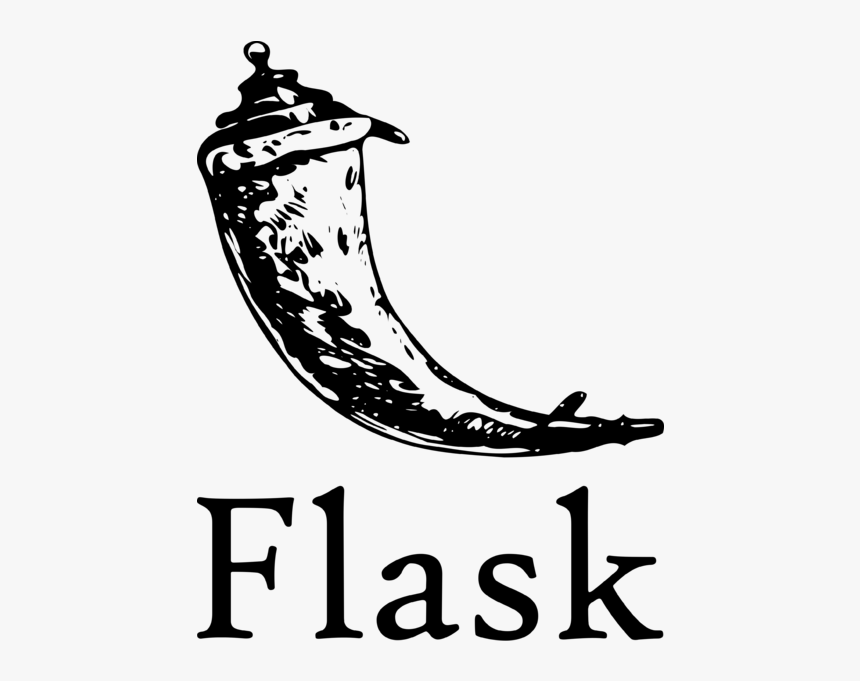In my recent role, I had the privilege of spearheading the development of a web application using the Flask micro-framework. This project not only demonstrated my proficiency in Python but also my capability to utilize Flask’s simplicity and flexibility to create lightweight, yet powerful web solutions.
Commencing with the conceptualization of the application, I chose Flask for its minimalistic and unobtrusive nature, allowing me to write clean and maintainable code. I took advantage of Flask’s extensibility to integrate additional libraries and tools, crafting a custom stack that was precisely tailored to our project requirements.
I built the application with RESTful principles, ensuring that it could easily interface with other services and applications through well-defined APIs. My focus was on creating a robust backend that could handle requests efficiently and securely, implementing proper error handling and response formatting.
For the data layer, I utilized Flask-SQLAlchemy for ORM, which streamlined interactions with the database and maintained data integrity. I also incorporated Flask-Migrate for database schema migrations, making it easy to manage changes as the application evolved.
Security was paramount, so I employed Flask-WTF for form handling with CSRF protection and Flask-Login for user session management. To further enhance security, I followed best practices such as secure password hashing and token-based authentication for API access.
When it came to deployment, I opted for a cloud-based solution that promised scalability and reliability. I containerized the Flask application using Docker, which facilitated a seamless transition from development to production and ensured that our application ran consistently across all environments.
I configured the cloud server with a robust CI/CD pipeline, automating the build, test, and deployment processes with tools like Jenkins or GitLab CI. This infrastructure supported agile development practices, enabling quick iterations and continuous improvement of the application.
On the cloud server, I set up load balancing to efficiently distribute incoming traffic and implemented an auto-scaling strategy to ensure that the application could gracefully handle load spikes. I also made sure that the application was backed by a redundant, multi-zone database setup to guarantee data availability and resilience.
Throughout the project, I maintained a strong emphasis on performance optimization. I leveraged Flask’s built-in support for caching and diligently profiled the application to identify and eliminate bottlenecks.
The successful deployment of this Flask application on a cloud server underscores my holistic approach to web development — from writing high-quality, scalable code to ensuring the application thrives in a cloud environment. It highlights my dedication to delivering solutions that are not only technically sound but also aligned with strategic business goals.
Commencing with the conceptualization of the application, I chose Flask for its minimalistic and unobtrusive nature, allowing me to write clean and maintainable code. I took advantage of Flask’s extensibility to integrate additional libraries and tools, crafting a custom stack that was precisely tailored to our project requirements.
I built the application with RESTful principles, ensuring that it could easily interface with other services and applications through well-defined APIs. My focus was on creating a robust backend that could handle requests efficiently and securely, implementing proper error handling and response formatting.
For the data layer, I utilized Flask-SQLAlchemy for ORM, which streamlined interactions with the database and maintained data integrity. I also incorporated Flask-Migrate for database schema migrations, making it easy to manage changes as the application evolved.
Security was paramount, so I employed Flask-WTF for form handling with CSRF protection and Flask-Login for user session management. To further enhance security, I followed best practices such as secure password hashing and token-based authentication for API access.
When it came to deployment, I opted for a cloud-based solution that promised scalability and reliability. I containerized the Flask application using Docker, which facilitated a seamless transition from development to production and ensured that our application ran consistently across all environments.
I configured the cloud server with a robust CI/CD pipeline, automating the build, test, and deployment processes with tools like Jenkins or GitLab CI. This infrastructure supported agile development practices, enabling quick iterations and continuous improvement of the application.
On the cloud server, I set up load balancing to efficiently distribute incoming traffic and implemented an auto-scaling strategy to ensure that the application could gracefully handle load spikes. I also made sure that the application was backed by a redundant, multi-zone database setup to guarantee data availability and resilience.
Throughout the project, I maintained a strong emphasis on performance optimization. I leveraged Flask’s built-in support for caching and diligently profiled the application to identify and eliminate bottlenecks.
The successful deployment of this Flask application on a cloud server underscores my holistic approach to web development — from writing high-quality, scalable code to ensuring the application thrives in a cloud environment. It highlights my dedication to delivering solutions that are not only technically sound but also aligned with strategic business goals.
